There’s something about abandoned places that pulls us in every time. Maybe it’s the history, the quiet, or just the sheer thrill of exploring something left behind. Over the years, we’ve tracked down some pretty cool spots in Illinois that are just waiting to be rediscovered—think old military bases, forgotten factories, and other relics of the past. The best part? They’re all legal to visit, so you can dive into these adventures without worrying about getting kicked out. Whether you’re into photography, history, or just looking for somewhere new and a little weird to explore, these are five of my absolute favorite abandoned spots in Illinois. Trust me, they’re worth the trip!
1. Hanover Earth Station
Witkowsky State Wildlife Area
7351 W Blackjack Rd, Hanover, IL 61041
While camping at Mississippi Palisades, we also visited Witkowsky State Wildlife Area, a site managed jointly with the Jo Daviess Conservation Foundation, Illinois DNR, and the Friends of Witkowsky. Our main draw to visiting this park was to explore the ruins of the abandoned Hanover Earth Station. The Earth Station was built in the ‘70s by AT&T and was part of a global network used for satellite communications. AT&T constructed 7 of these earth stations, which were used to implement the first commercial use of satellites for long distance phone calls. At one point in time, the Hanover Earth Station handled all long-distance phone calls in the Midwest.
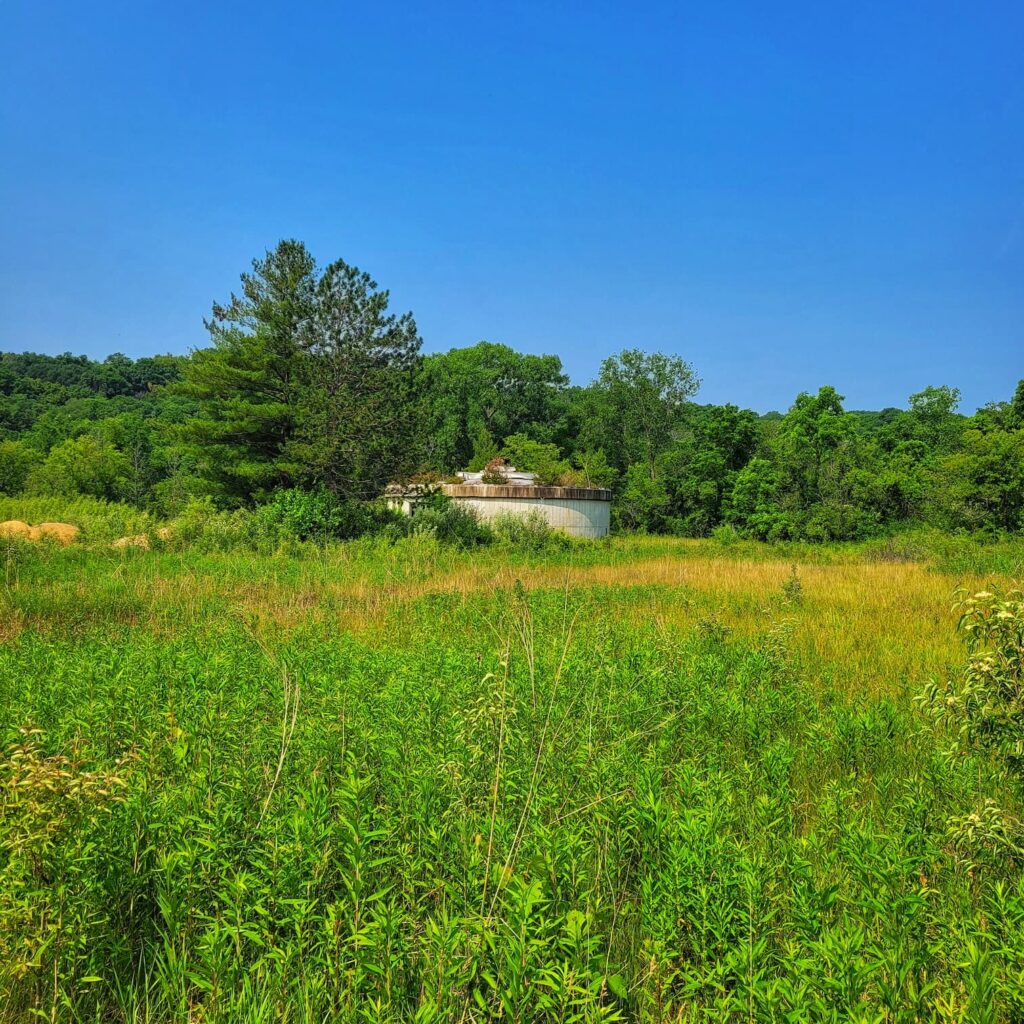
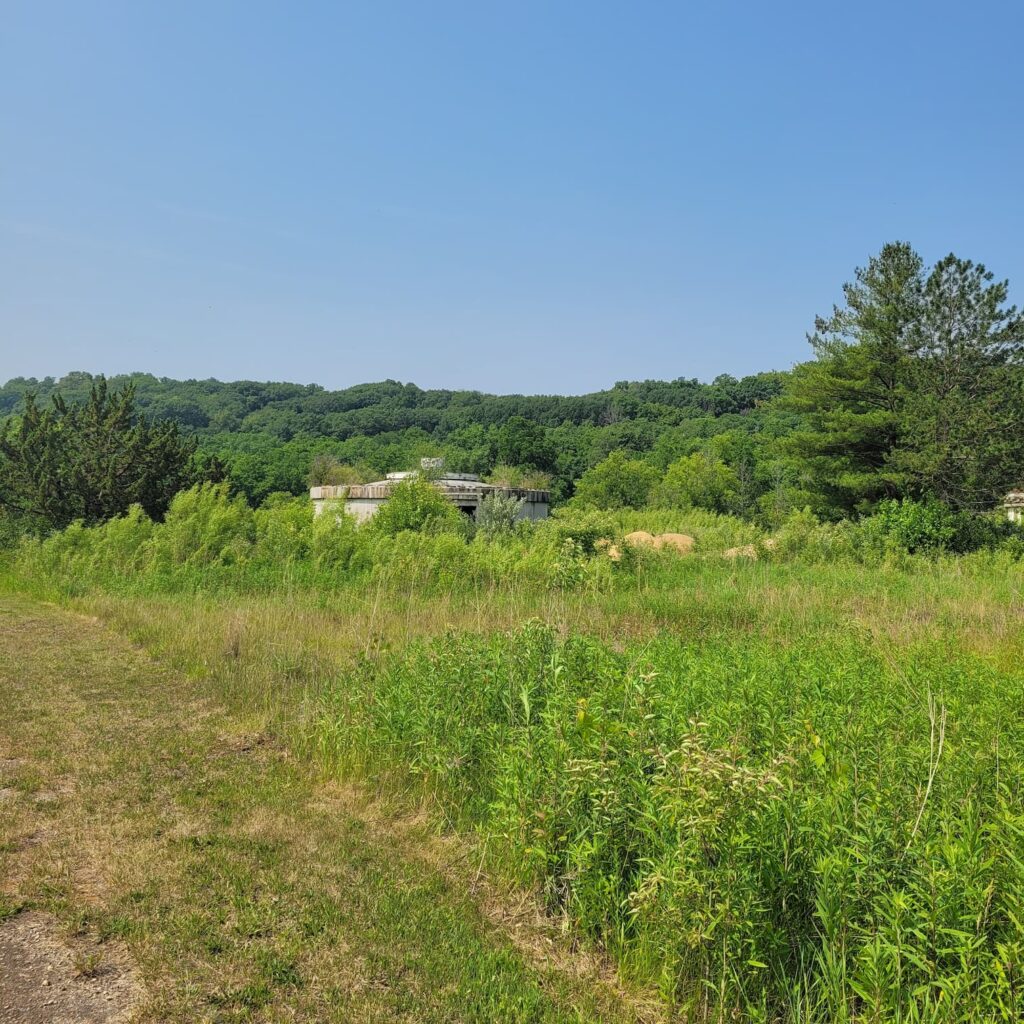
There used to be a large 98-foot diameter antenna as part of the station. The Hanover Earth Station only operated for about 10 years because of how fast technology advanced during that era. It stopped operating in 1986 and now there are two large structures that used to support the antenna and tracking system left. The structures are both open and you can walk in and explore.
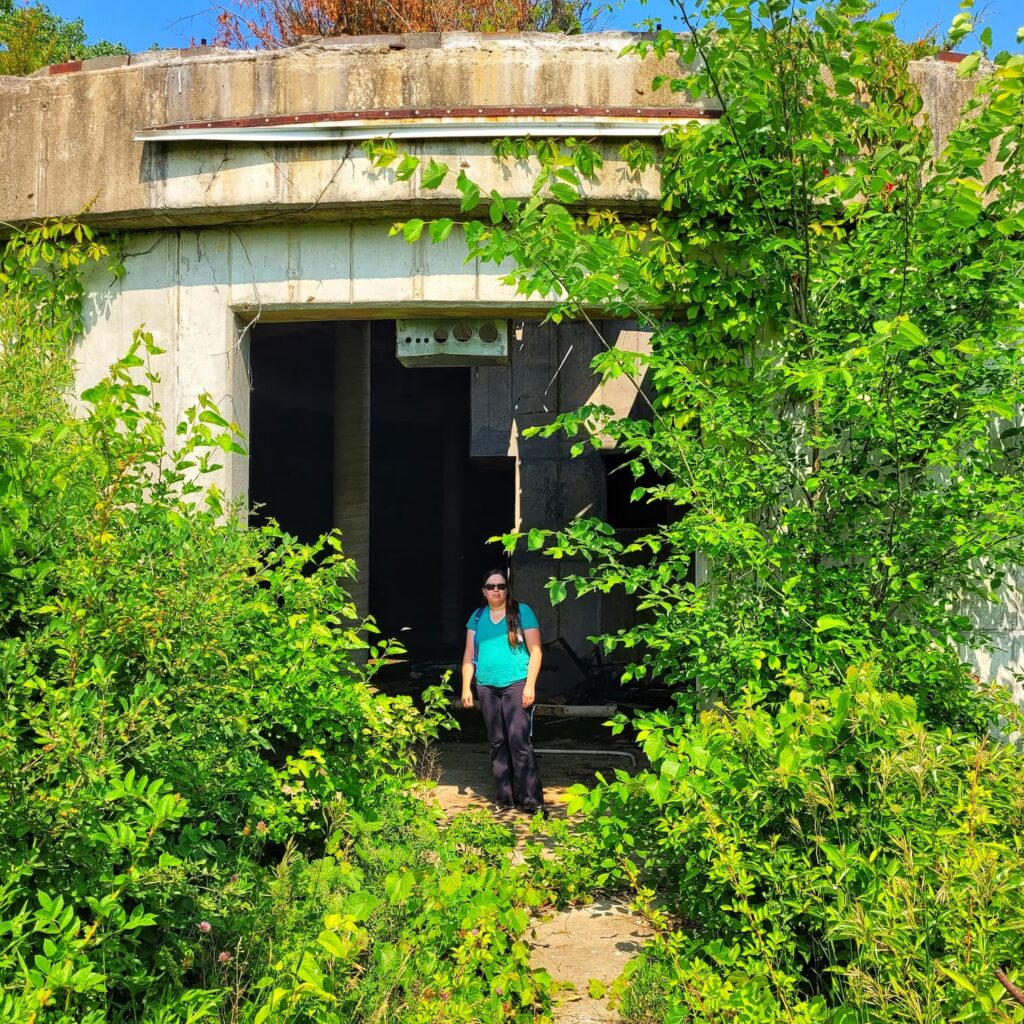
You can reach the abandoned Earth Station from any of the park’s lots, but the easiest way to reach it is the 1.2 mile Earth Station Trail.
2. Savanna Army Depot
Lost Mound Unit, Upper Mississippi River National Wildlife and Fish Refuge
3651 Crim Dr, Savanna, IL 61074
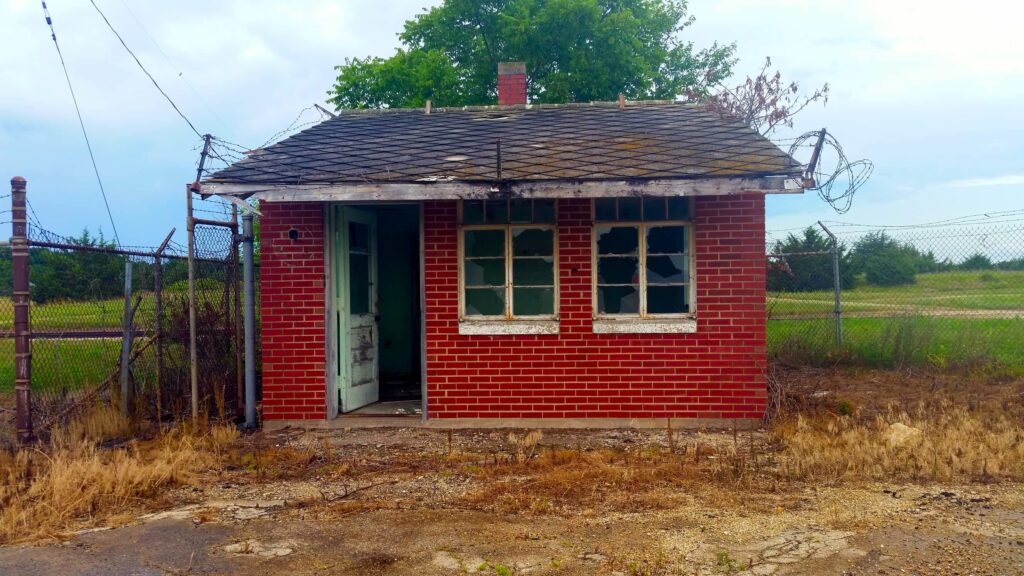
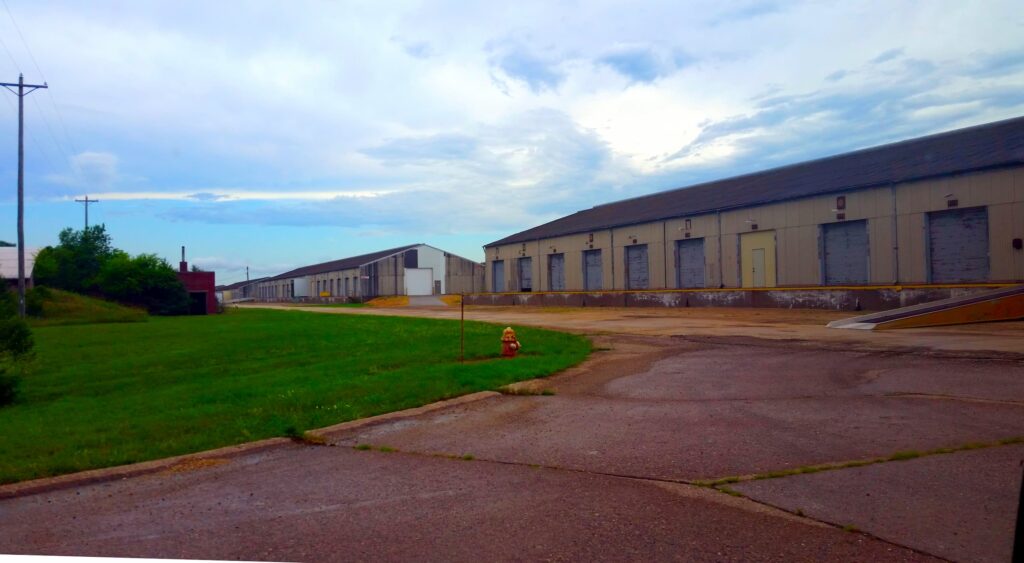
The Savanna Army Depot was a major installation that started in 1917s. It was used for munitions storage, testing, and disposal. The Depot played an important role in WWII, Korea, and Vietnam. It was decommissioned in 2000, and a good chunk of the land was given to the US Fish and Wildlife Service. This part of the property is now the Lost Mound Unity of the Upper Mississippi River National Wildlife and Fish Refuge and is open for visitors. A lot of the abandoned buildings are fenced off – and since it’s still government property we definitely recommend against climbing those – but you can drive around and see a lot of the remains of the Depot. There are abandoned bunkers, storage buildings, rail lines, and more to see. There are also, of course, hiking trails, but you’ll be warned that there could be unexploded munitions left behind!
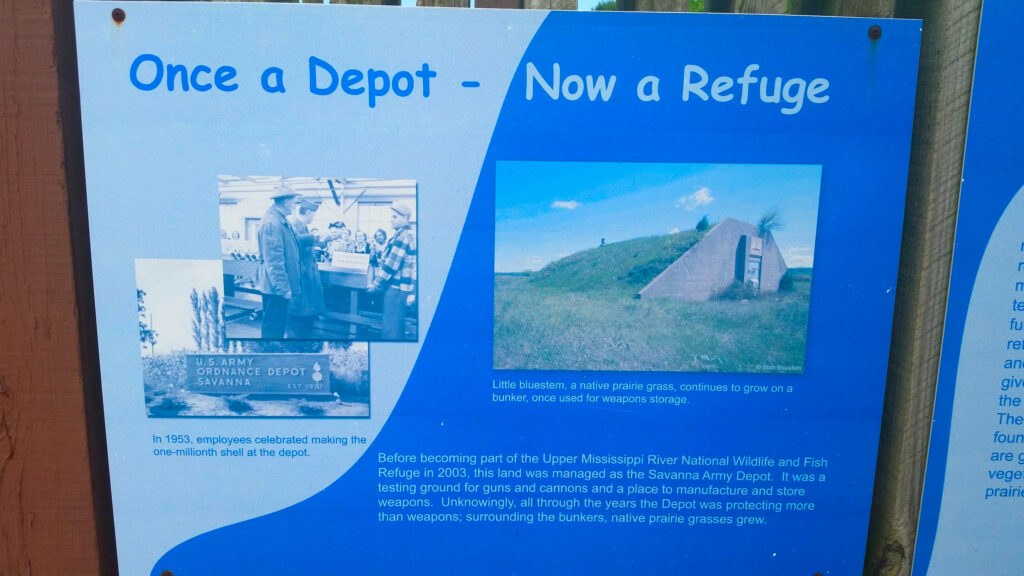
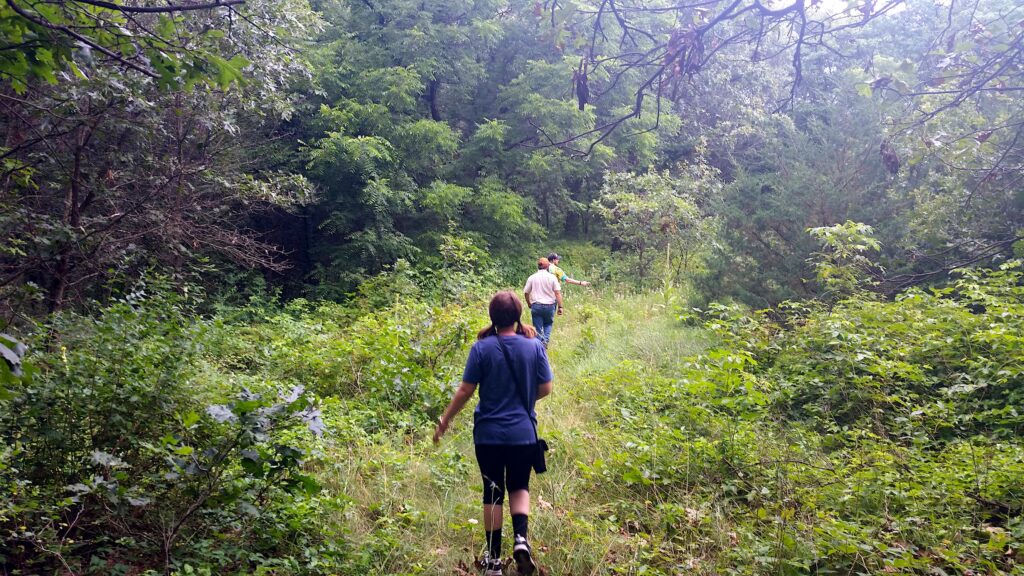
We visited the Savanna Army Depot during our first Mississippi Palisades camping trip. If you’re looking for more to do in the area, check out that post.
60 Books on Abandoned and Forgotten Places
3. Camp Grant Bunkers & Target Pit
Atwood Park
7074 Rydberg Rd, Rockford, IL 61109
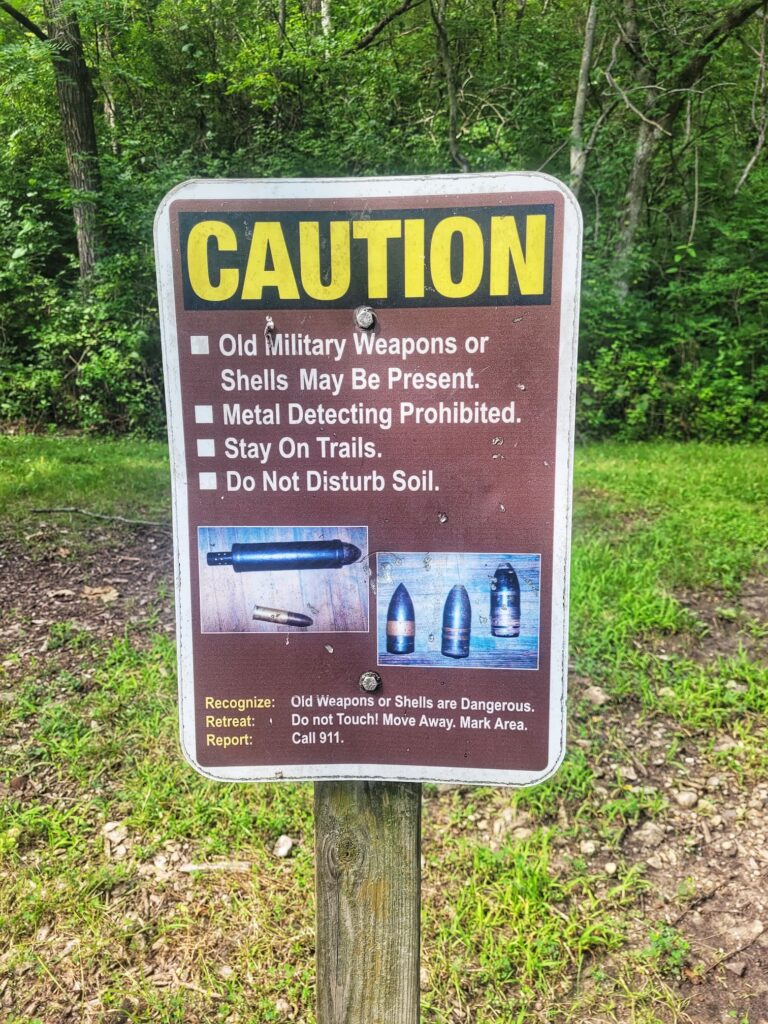
Atwood Park was once part of Camp Grant, a training camp used for both World Wars. There are a few abandoned remains of the camp within the park that you can visit. The main use of this property by Camp Grant was as an artillery range, and one of the main abandoned buildings to visit is the target pit. This was part of the rifle rang and was used to hoist paper targets into the air and then recruits would shoot them from across the river. To relay scores from the target pit, there was a primitive phone system along the wall. Today, you can walk through the target pit and see some remains of this phone system. There’s a photo in the Atwood Center building of trainees shooting from across the river that’s really interesting, since today there’s so much brush build up that it’s hard to picture.
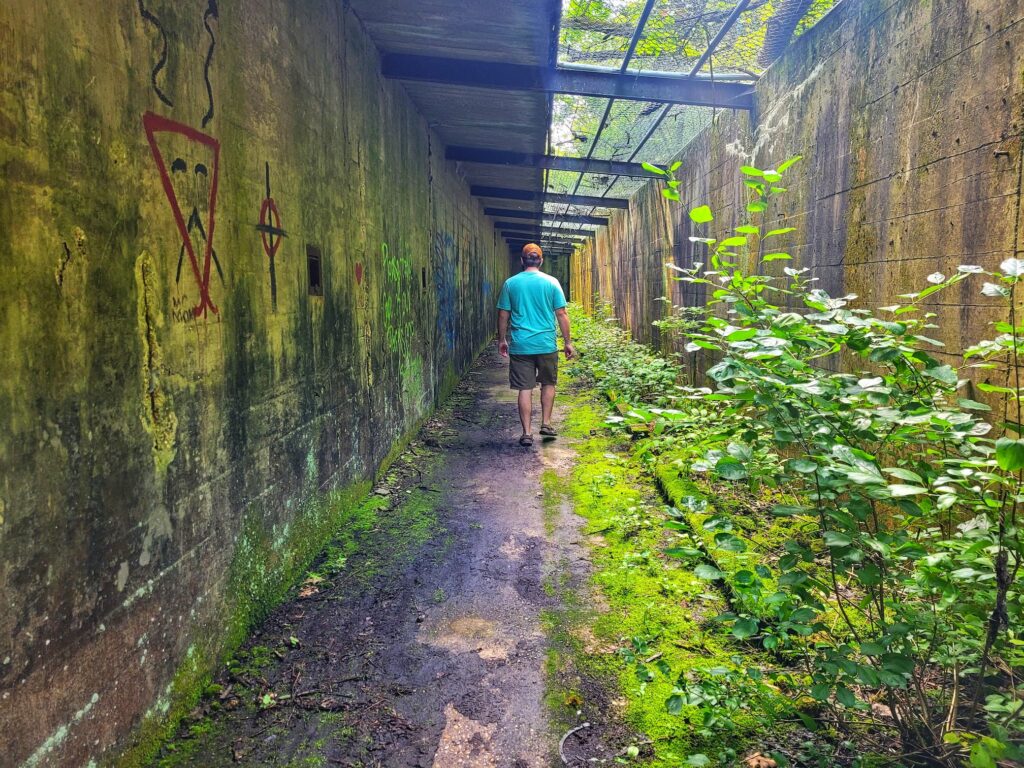
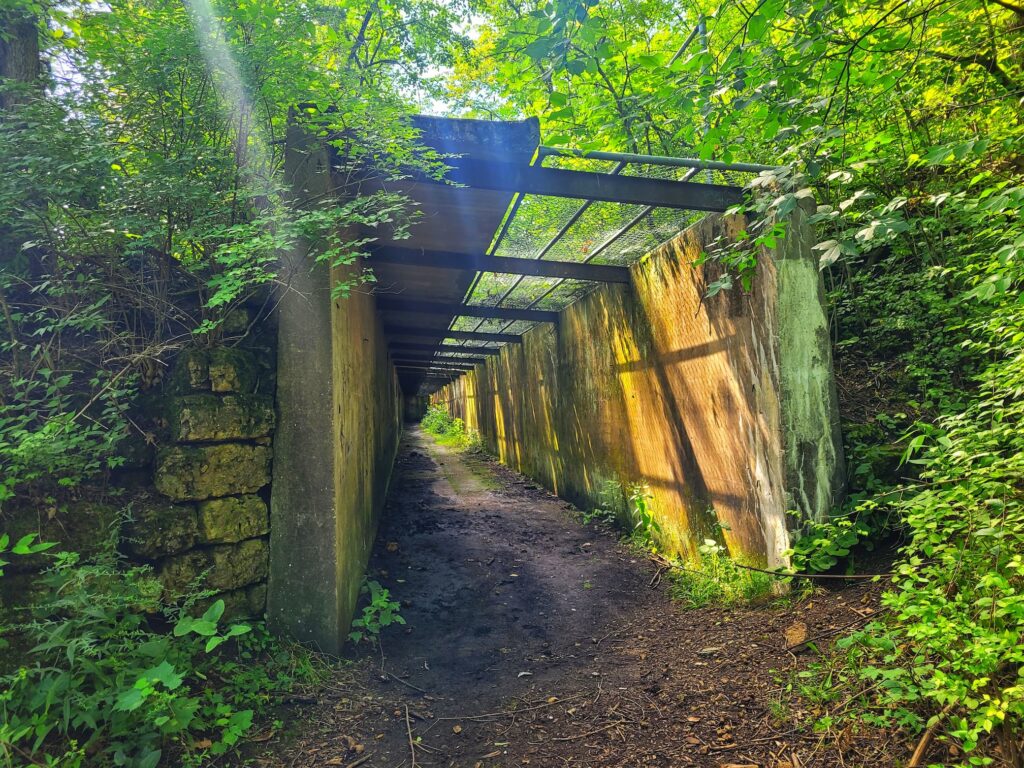
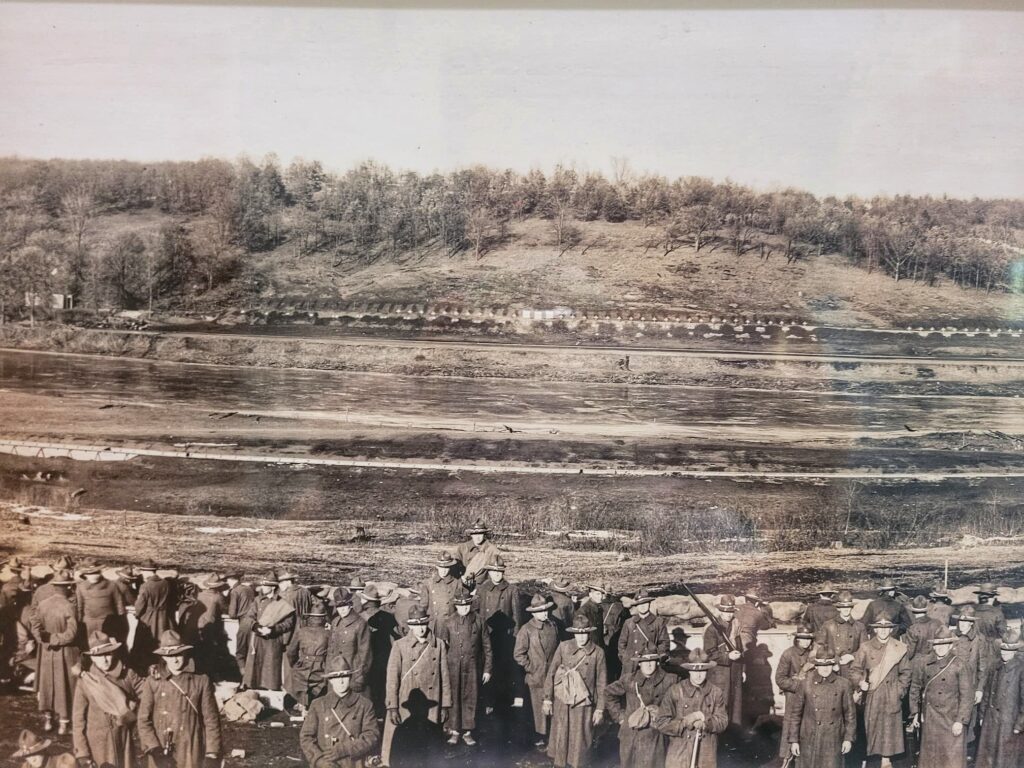
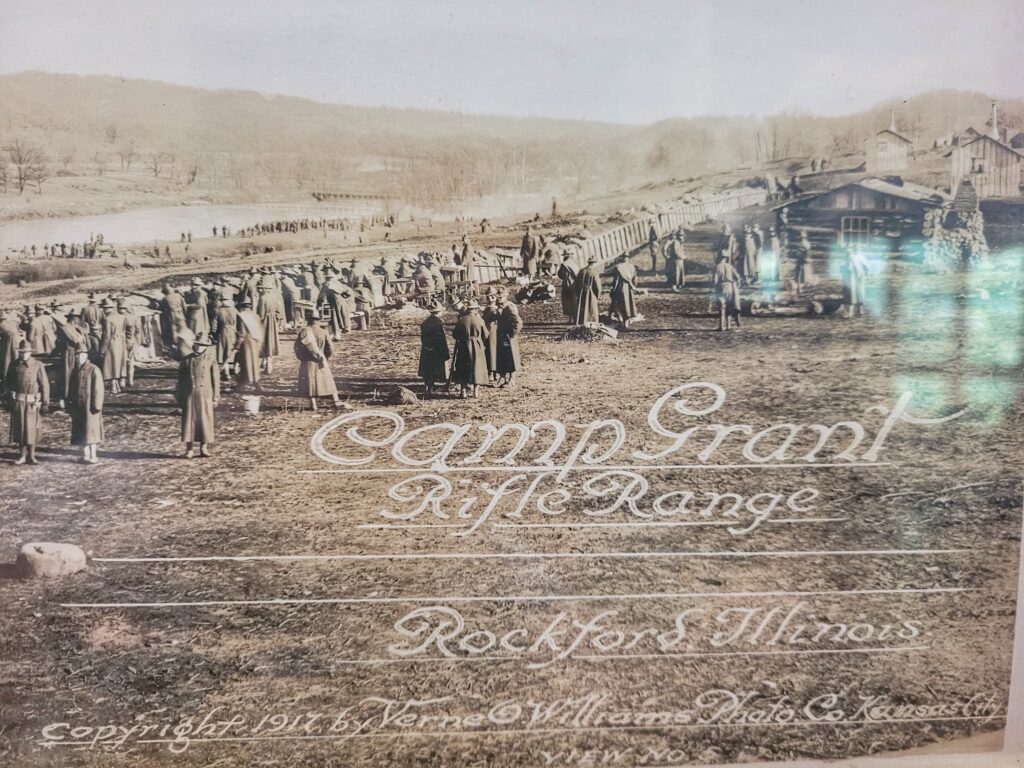
Next up, we found some of the remaining trench bunkers. These were built to prepare soldiers for trench warfare in WWI. There are several of these structures left and they are all open to go inside. In another area of the park, there are also field bunkers. We thought this meant they’d literally be in a field, but they’re also tucked into the woods- they’re just different construction than the trench bunkers. These were used as cover for target spotters on the shooting range.
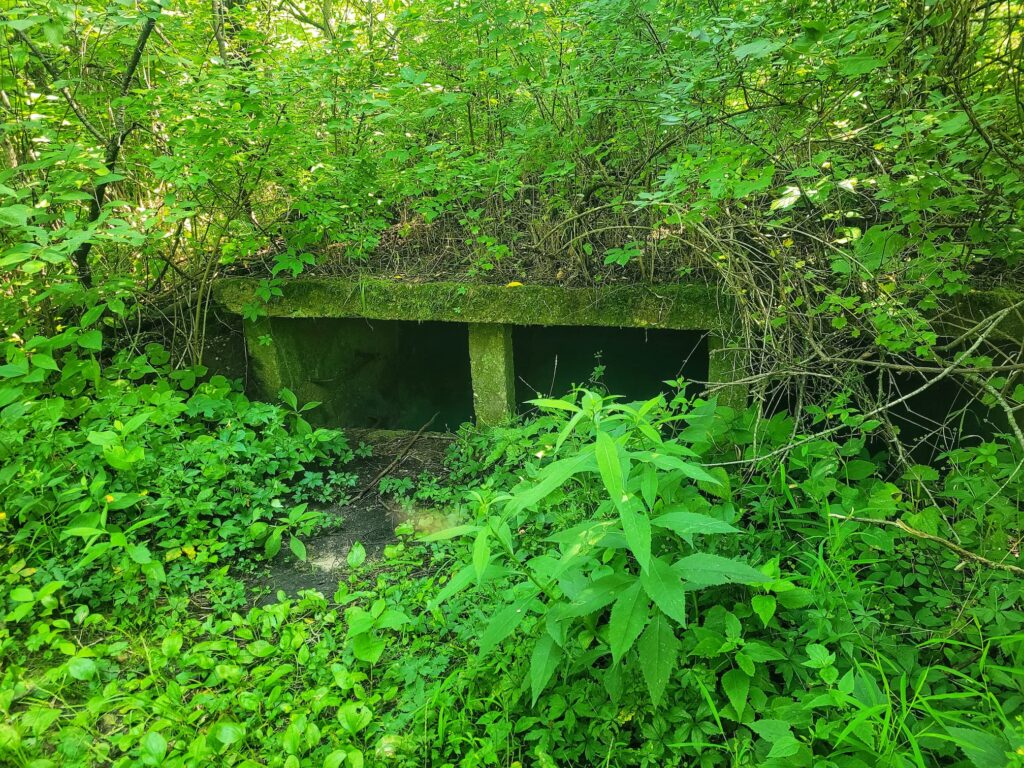
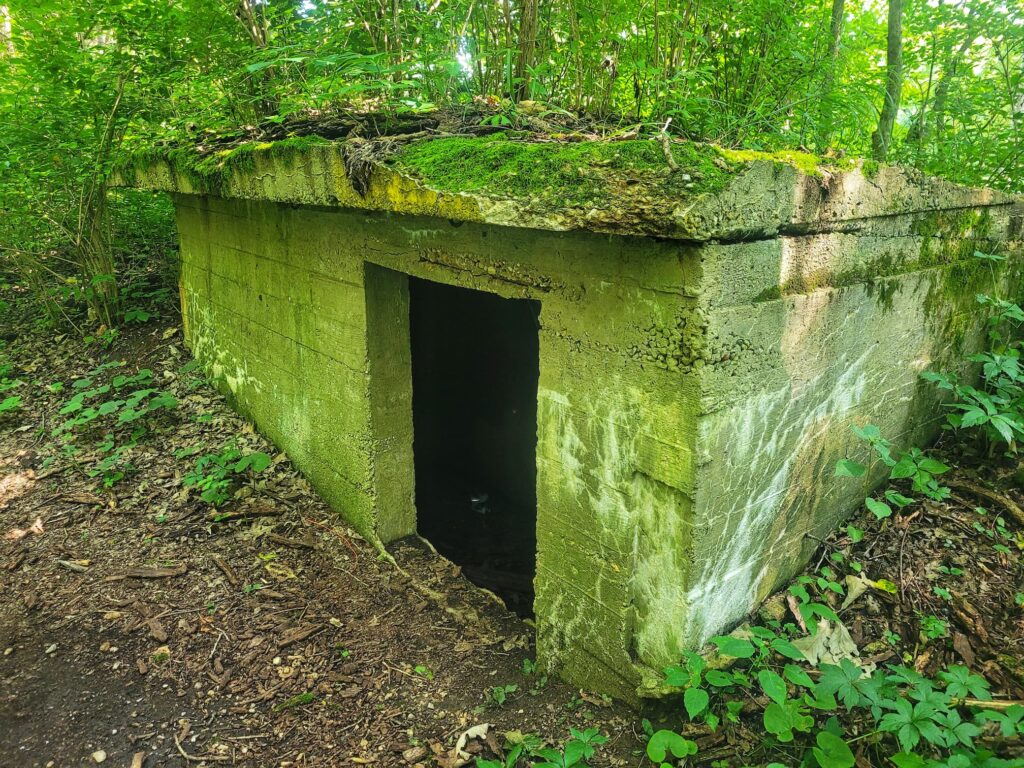
There are supposed to be several building foundations left from Camp Grant scattered throughout the park, too, but we didn’t explore enough to find those on our visit. The Atwood Center (which is also home to birds of prey that are worth visiting!) has open hours on Sunday and has a small hallway display of photos and artifacts from Camp Grant. The site looks very different today, so it was really interesting to see what it was like back then.
Looking for more to do after Atwood Park? Check out our guide to 15 of the best things to do in Rockford!
4. Joliet Iron and Steel Works
Joliet Iron Works Historic site
31 Columbia St, Joliet, IL 60432
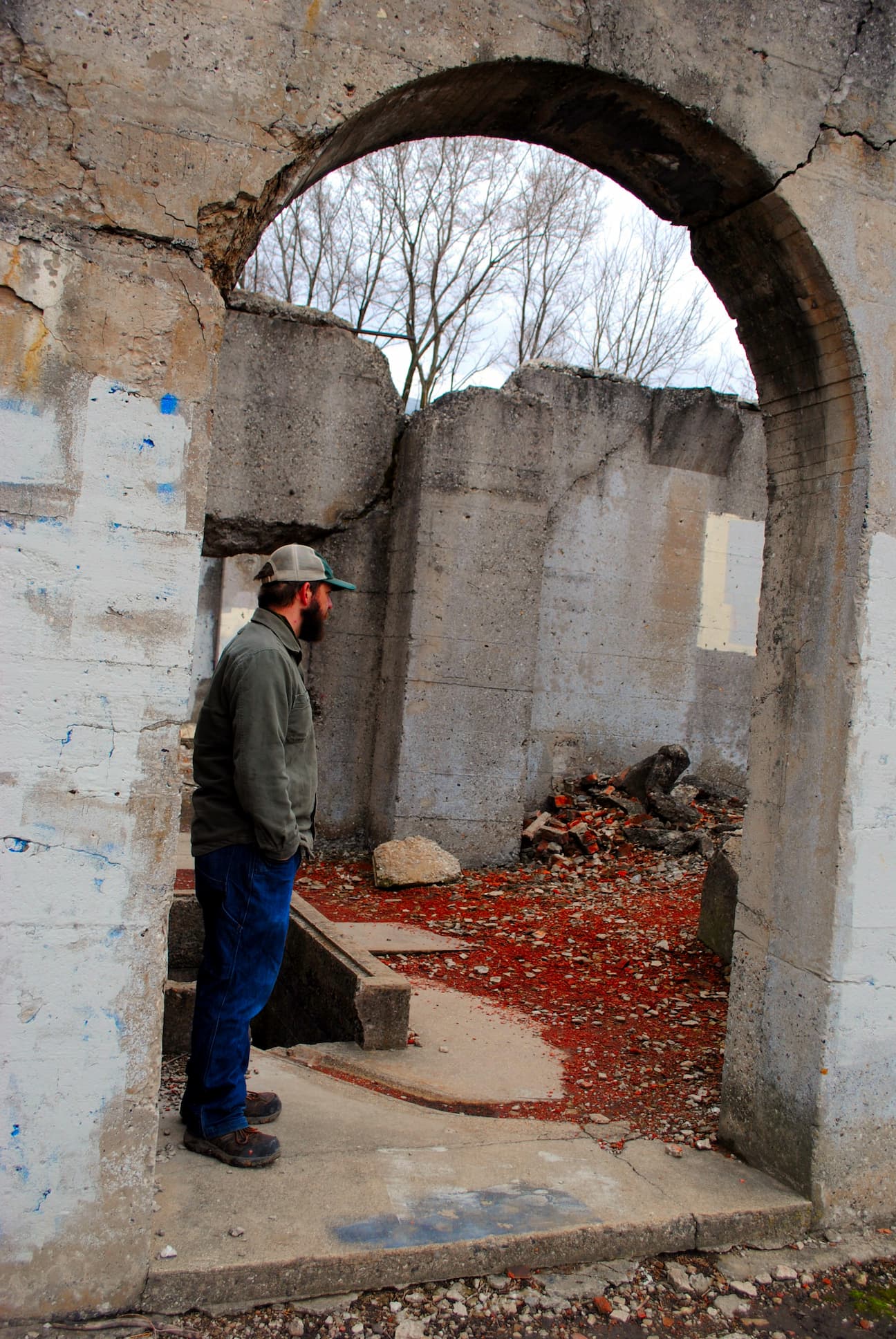
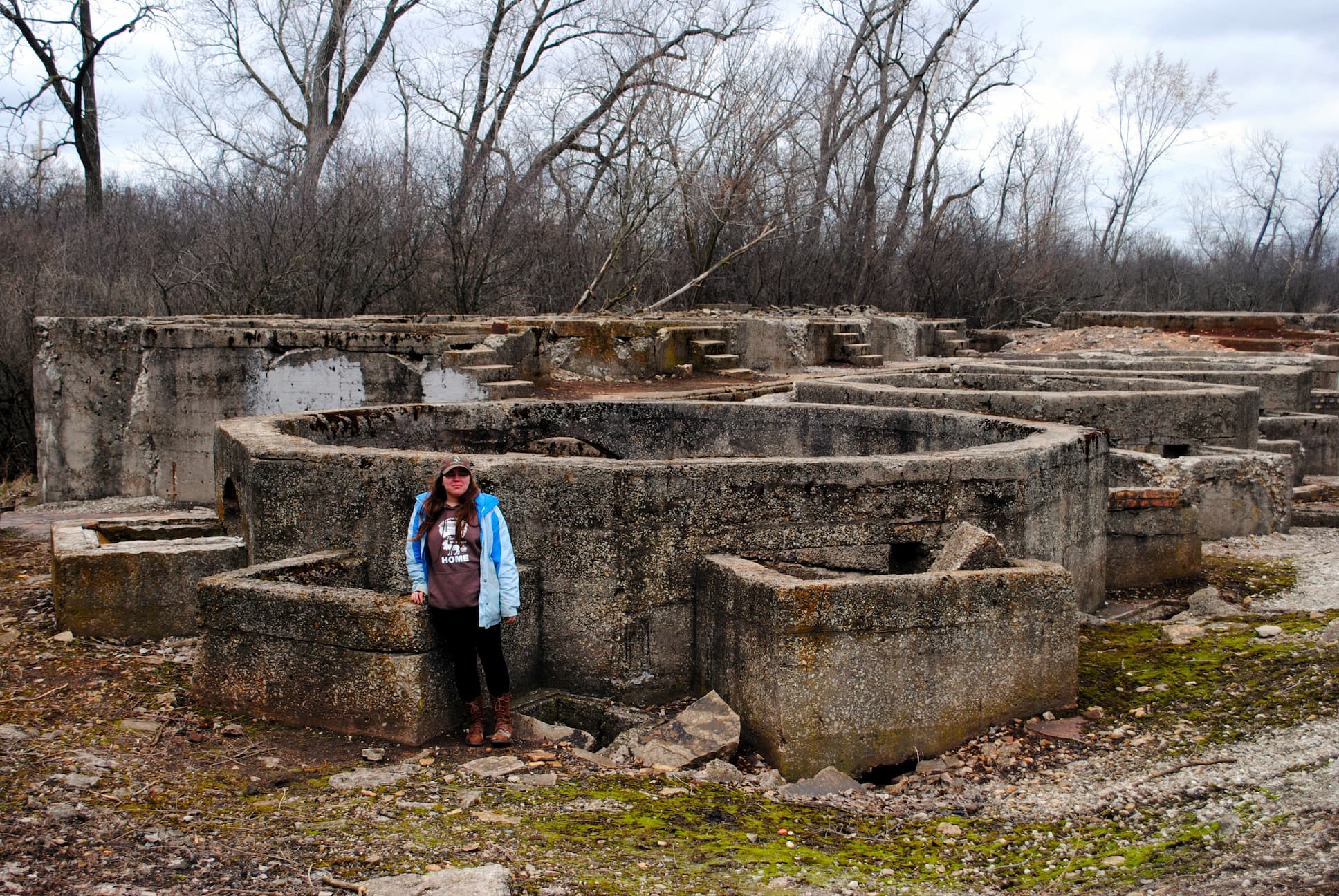
One of the easiest abandoned sites in Illinois to access is Joliet Iron Works Historic Site. Once you park, it’s only a short walk out of the lot to get to the ruins. Joliet Iron and Steel Works once operated here from the late 1800s-1930s. They produced pig iron, steel rails, and other steel products used by the railroads and was an important manufacturing plant. A lot of the foundations from the plant remain, and nothing is fenced off from exploring. I think technically they tell you to stay on trail, but everything is out in the open. The half mile interpretive trail has info signs about the history of the site and what the different ruins are from, as well as the history of the company and its workers.
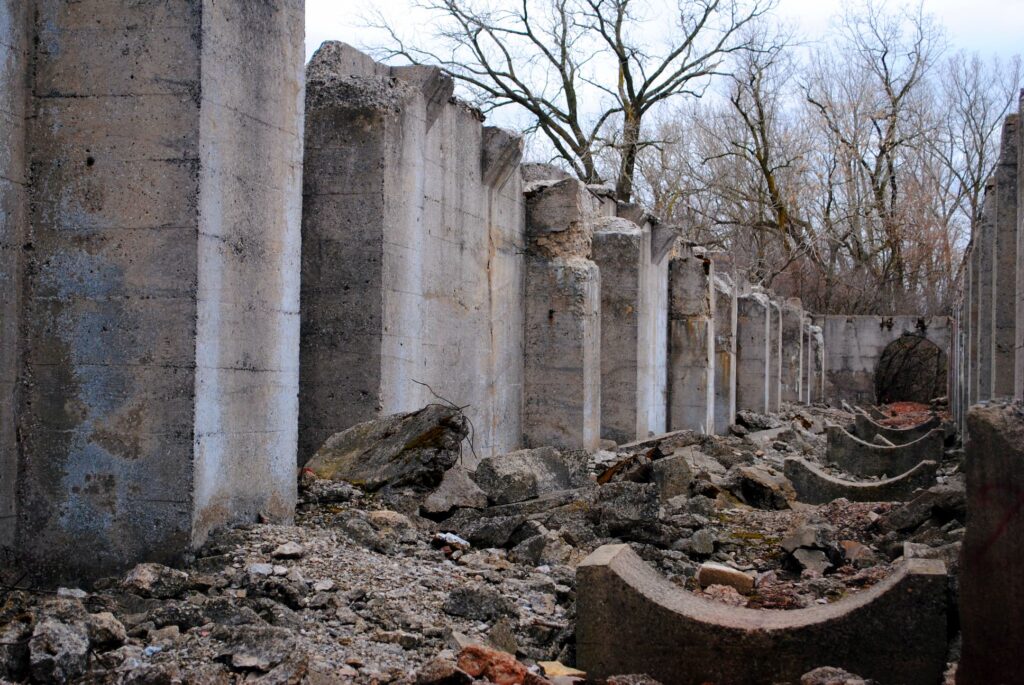
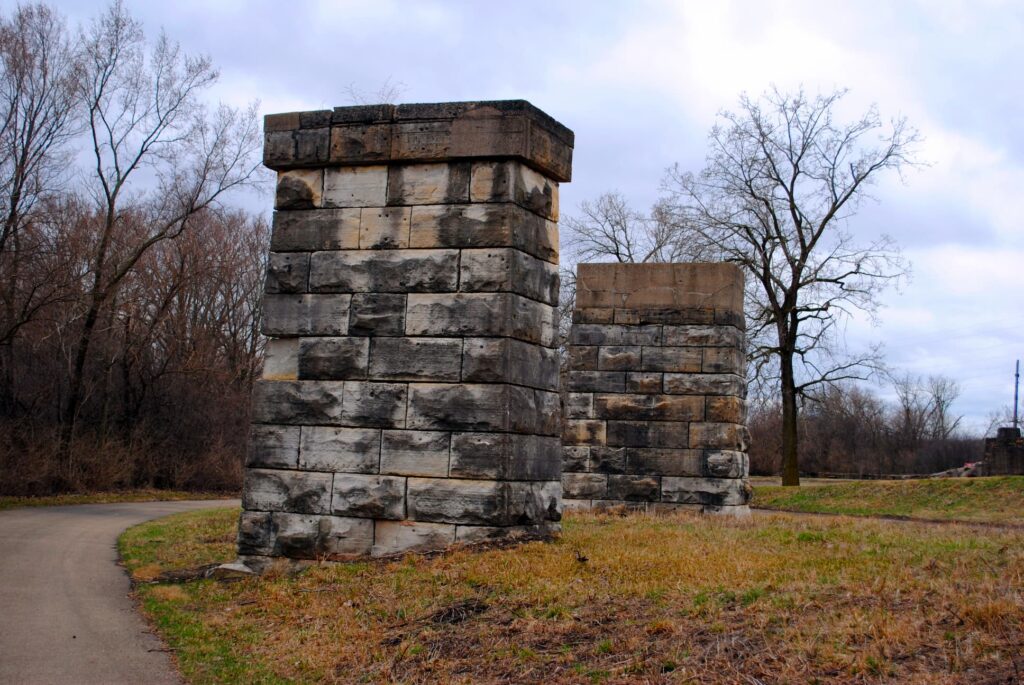
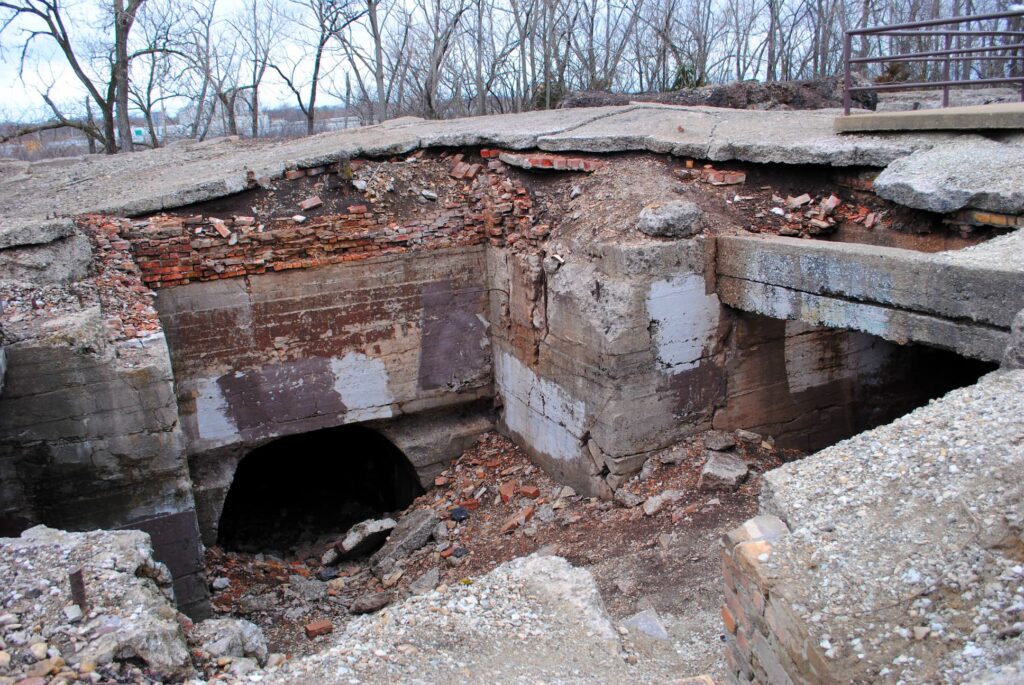
5. Joliet Ammunition Plant Bunkers
Midewin National Tallgrass Prairie
IL-53, Wilmington, IL 60481
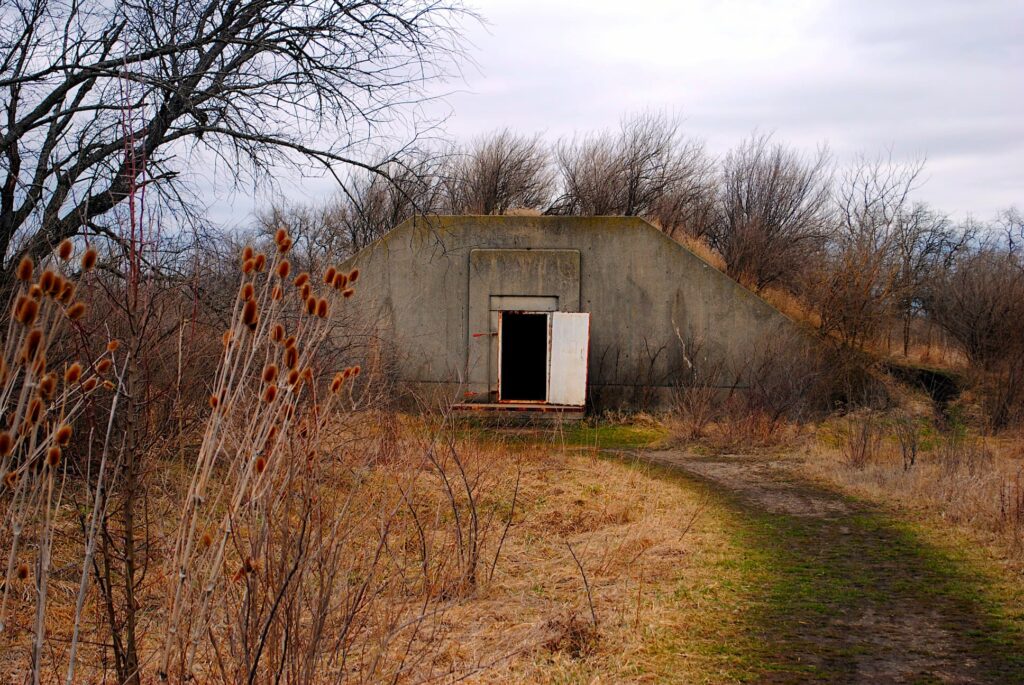
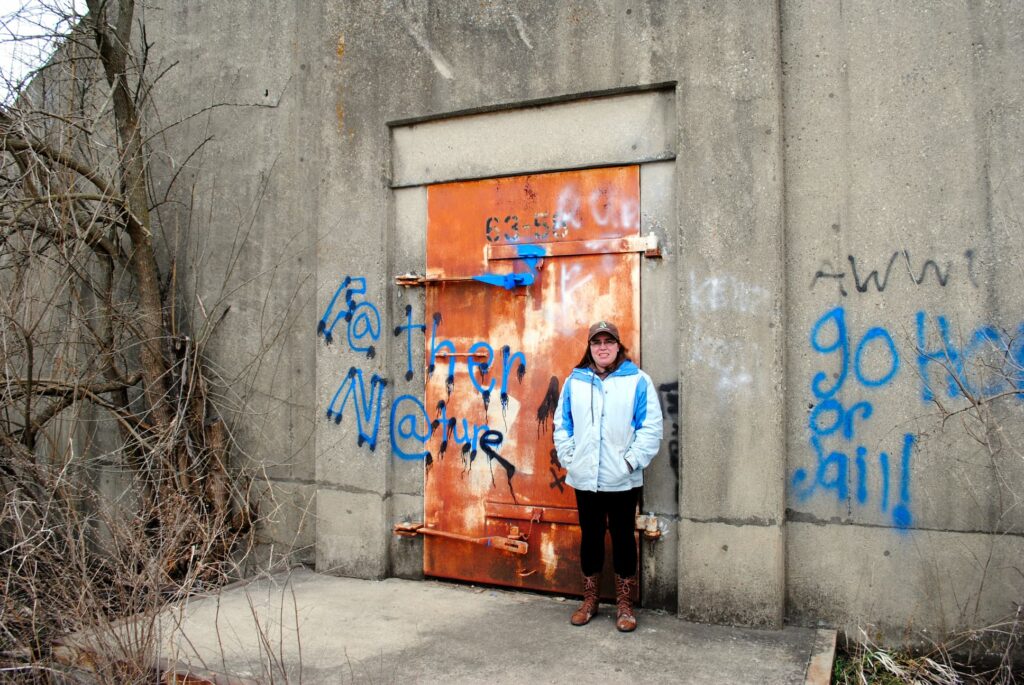
This next abandoned place is easy to miss if you’re not looking for it since the preserve is so large and has multiple units. Inside Midewin National Tallgrass Prairie there are the remains of the former Joliet Army Ammunition Plant. There are 100 bunkers left that were used in WWII and the Cold War to store ammunition. The Joliet Ammunition Plant was started in 1940 to make bombs, explosives, and shells for WWII and the bunkers were where it was all stored. The plant stopped production in the ‘70s and then was decommissioned in the ‘90s and the land was turned over to the USFS for Midewin. The bunkers were left behind. Most of the bunkers are locked and some can only be seen from a distance, but there are a few that are left open for exploring.
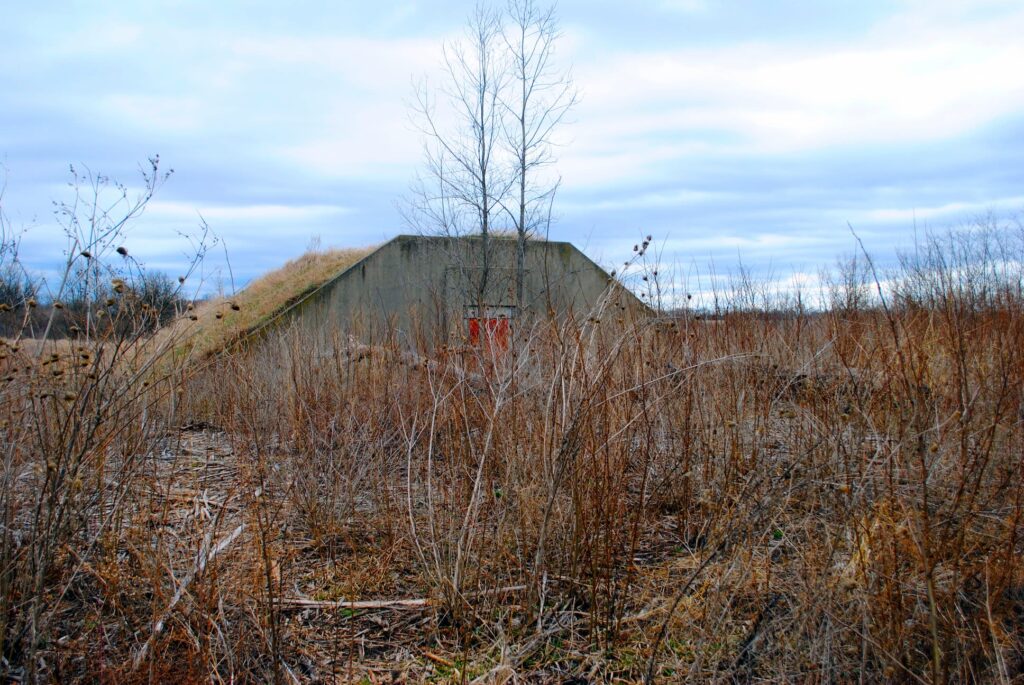
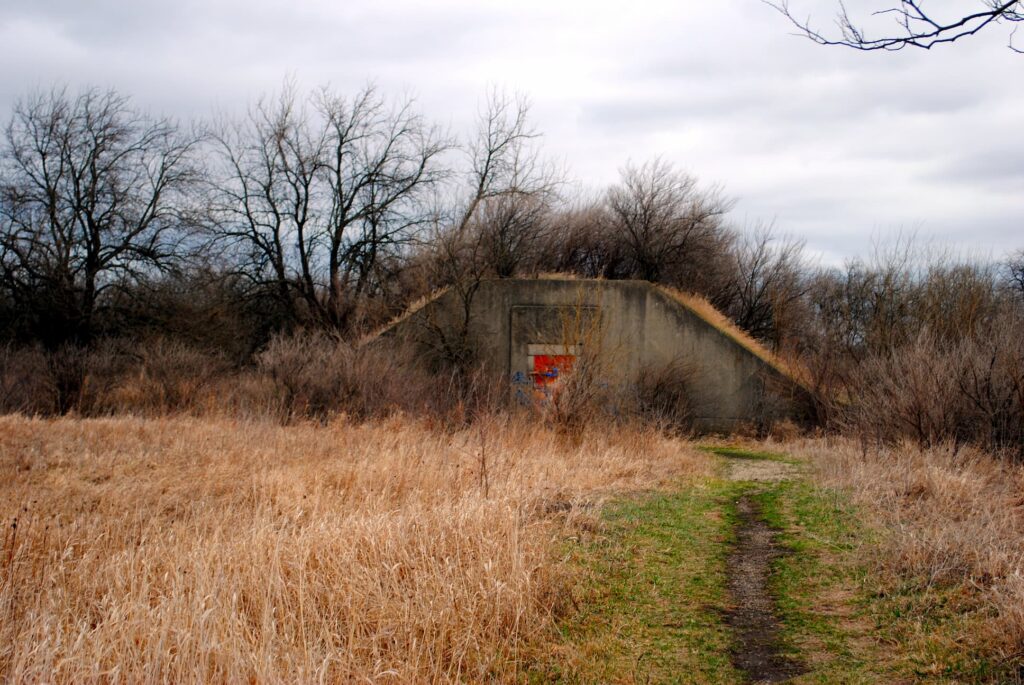
To find the bunkers, look for the Group 63 Interim Trail. This 3.6 mile trail loops around the bunkers and takes you to the ones open.
As a bonus, starting from the Iron Bridge Trailhead, you can take a self-guided tour of the remains of the Rodgers/Shumacher farms. There are foundations of several of the old farm buildings in the woods that you can visit.
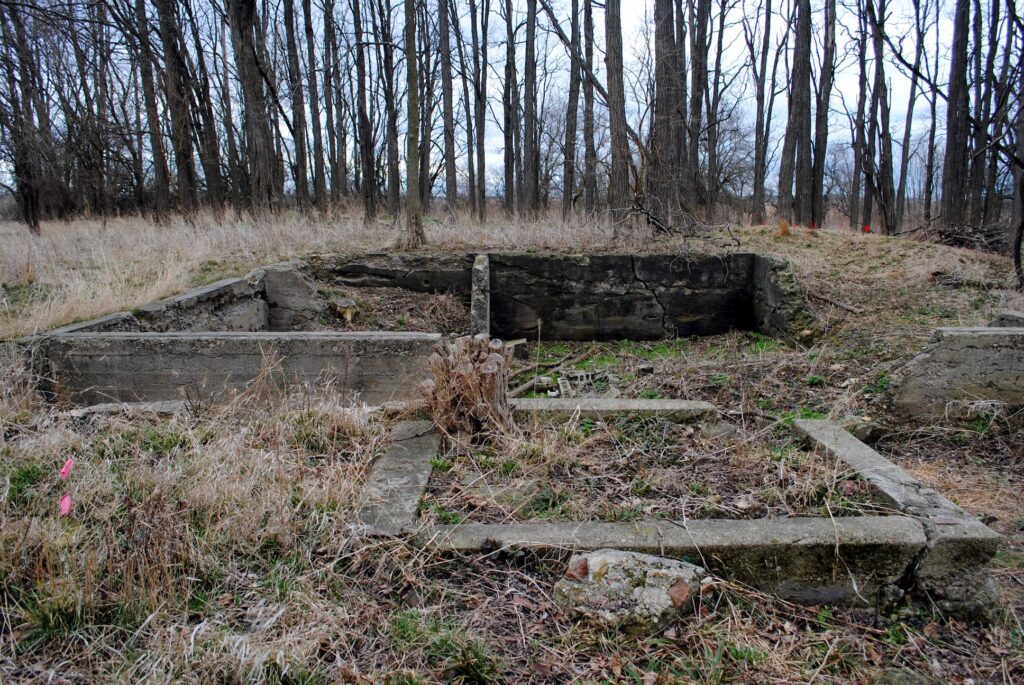
Urban Exploration Starter Kit: Gear You Actually Need
Ready to check out some abandoned places, historic ruins, or other off-the-beaten-path spots? Having the right gear makes a huge difference—keeping you safe, comfortable, and ready to capture the experience. Here’s a solid starter kit with practical essentials for your next adventure.

- Tactical Penlight – A small but powerful flashlight is a must. This one’s bright enough to light up dark hallways but compact enough to stash in your pocket.
- Black Diamond Headlamp – Hands-free light is a game-changer. Whether you’re climbing over debris or squeezing through tight spots, you don’t want to be fumbling with a flashlight in one hand.
- Steel-Toed Hiking Boots – Broken glass, rusted nails, sketchy floors… yeah, you’ll want some solid footwear. These keep your feet safe while still being comfortable enough for long treks.
- Intra-Fit Climbing Gloves – Protect your hands from sharp edges, rusty railings, and whatever else you’re grabbing onto. Bonus: they give you extra grip for climbing.
- N95 Mask – Mold, asbestos, and general nastiness are everywhere in abandoned places. A good mask keeps your lungs happy.
- Lightweight Tripod – If you’re into photography, a tripod helps with low-light shots in dark spaces. Go for a lightweight one so it’s not a pain to carry around.
- Rite in the Rain Waterproof Notebook – Perfect for jotting down locations, creepy details, or sketching out floor plans—because sometimes GPS just doesn’t cut it.
- Rite in the Rain Waterproof Pen – Goes hand-in-hand with the notebook. Writes even if it’s raining, snowing, or you’re crawling through a damp basement.
- Osprey Sportlite Backpack – You need something to carry all this gear, and this pack is lightweight but tough. Plenty of room without being bulky.
- Mini First Aid Kit – Urb-ex isn’t exactly risk-free. A few bandages and antiseptic wipes can make a difference when you inevitably scrape yourself on something rusty.
- Leatherman Micra Keychain Multitool – Tiny but super useful. Think cutting wires, tightening loose screws, or just being prepared for whatever weird situation pops up.
- Anker Portable Charger – Your phone’s GPS, flashlight, and camera all drain battery fast. A portable charger means you won’t get stuck with a dead phone in the middle of nowhere.
What About Cairo, Illinois?
A lot of lists of abandoned places in Illinois include the town of Cairo. It’s often called a ghost town, and while there are a lot of empty and abandoned properties here, we don’t agree that the whole town is abandoned. We visited Cairo in 2024 and found so many people who care deeply about their town and are working to preserve and re-grow it. There is a lot of good work happening there, so we don’t want to contribute to calling it a ghost town because we think that moniker takes away from the people still living there. If you want to read more about Cairo’s history and our visit there, I had a lot to say here: A City at a Confluence: Visiting Cairo, Illinois
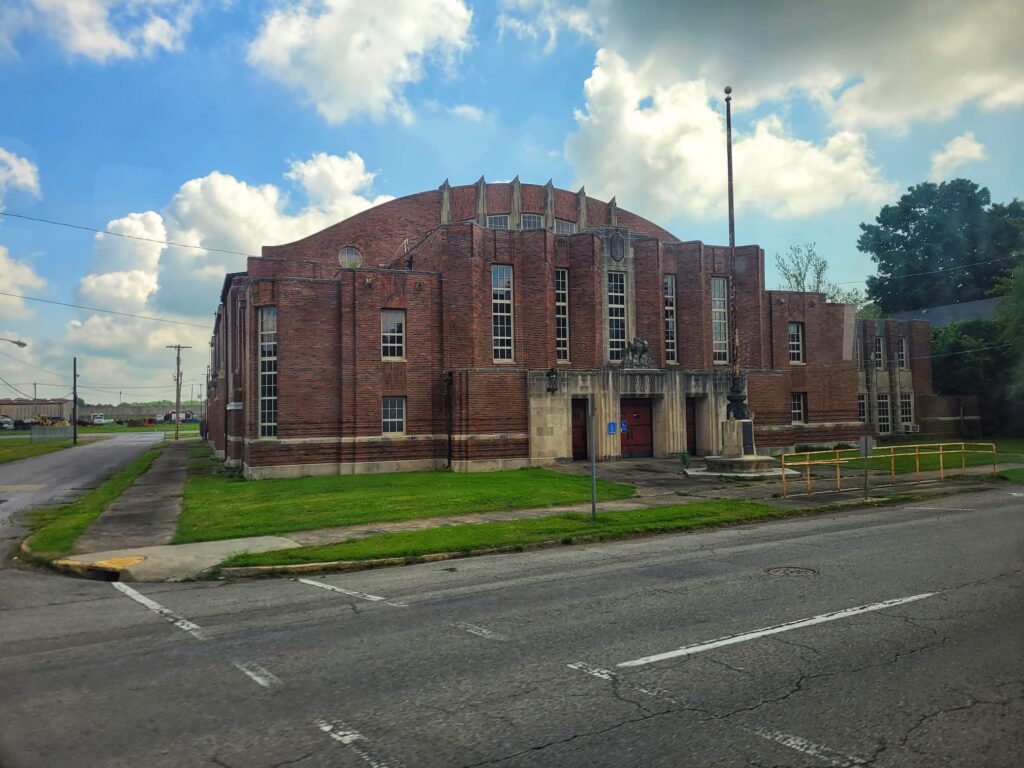
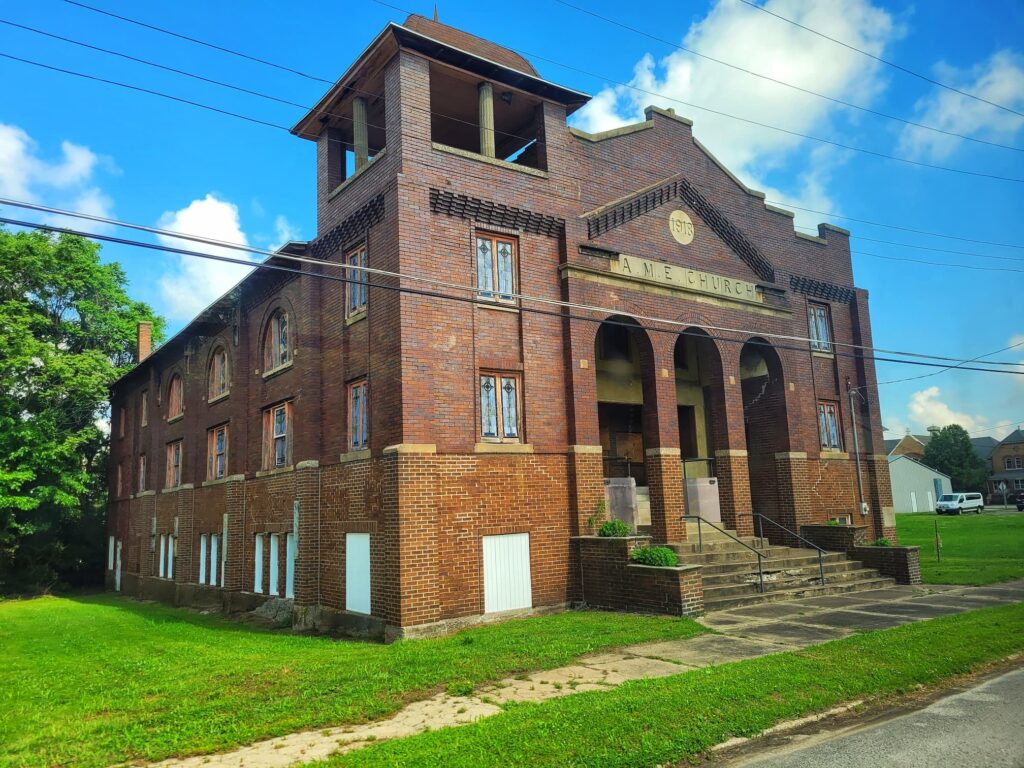
As an Amazon Associate, I earn from qualifying purchases.




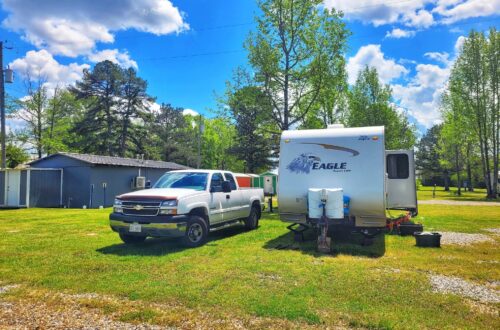
One comment on “Exploring Abandoned Illinois: 5 (Legal) Spots You Need to Visit”
Comments are closed.